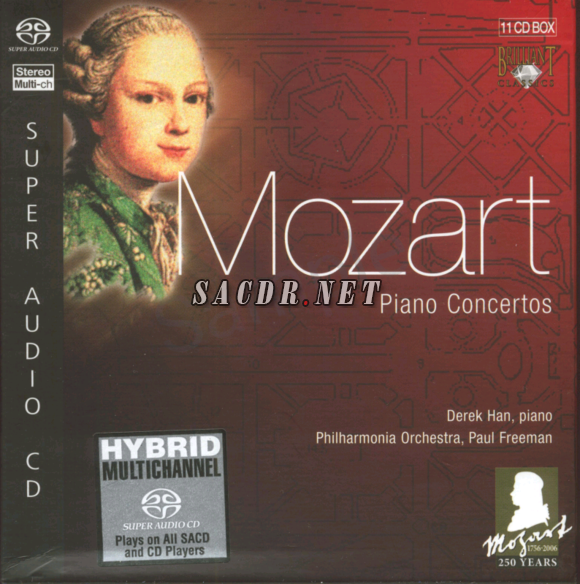

- #Piano convertos mozart full
- #Piano convertos mozart series
Indeed, just about anyone can learn a thing or two from our MTS Future First Listening Guides … so dig in! They offer a perfect primer to the great works of Bach, Beethoven, Britten and beyond for K-8 and 9-12 students - with engaging historical anecdotes and simple theory for younger students, and more complex information for older students. Written by music educator Beryl Peters, Ph.D, MCO’s Listening Guides provide a clear and thorough analysis of the repertoire featured in our concerts. The MCO understands the importance of music education, which is why we’ve developed a unique instructional resource for teachers and parents.
Kevin Lau’s ‘Prayer in a Green Cathedral’. 15 & 17 June 2023 (in-person only) / Handel’s Alcina. 12 April 2023 (online Jun 29) / Cris Derksen, Aisslinn Nosky. 22 March 2023 (in-person only) / Equinox: Chamber Night at the WAG. 2 March 2023 (online Jun 22) / Julian Pellicano, Lizzy Hoyt. 9 November 2022 (online Dec 15) / Scott Yoo, Alice Dade. 26 October 2022 (online Dec 8) / The Winnipeg Singers Alexander Weimann. 6 October 2022 (online Nov 24) / Beethoven vs Haydn. 28 September 2022 (online Nov 17) / Yolanda & Carmen Bruno. Bassoon Concerto in B-flat major, K.191/186e. Overture to The Abduction from the Seraglio. Join us for an evening of music celebrating the nobility of the human spirit, including masterworks by Verdi, Tchaikovsky, and Prokofiev - showcasing the amazing Anne-Marie McDermott This concerto also points the way forward to the Olympian finales of some later symphonies, such as the ending of the Symphony No. Here, Mozart takes the task of finishing the concerto more seriously, as if he were inspired to greater effort by the memory of his friend and mentor. To this point in the eighteenth century, finales needed only to be quick and energetic. What is special, is that Mozart expands the rounded binary form to the point that it is almost equal in weight to the first movement’s sonata form. The contrast between the third movement’s two themes-one more angular and the other in a smooth, stepwise contour-is pleasing enough. The Allegretto is rather more graceful and sprightly than the raucous finale of the Concerto No. The Andante is, in essence, a musical memento mori.Īfter a deeply felt movement like the Andante, a more restrained finale must have seemed necessary. Mozart met Johann Christian Bach during his early travels in London, and this whole movement is based on a theme from Bach’s overture to La calamita de’ cuori. The range of emotion Mozart manages to coax out of this one theme is touching-particularly when one realizes that he borrowed the melody from a mentor who had recently passed. There is a melancholy minor-mode version as well, and some passages, with their oscillating accompaniment, sound more like a lullaby. The first statement of the theme comes as a chorale for strings, which is affirmed by the piano soloist before proceeding to a more aria-like version. 
#Piano convertos mozart series
The Andante is more straightforward, making the usual journey to the subdominant of D major and spinning out a series of variations on a theme. Mozart is not truly breaking the rules of sonata form here, but fulfilling them in subtle or surprising ways. Later, when the development should begin with a familiar idea, another “new” theme appears, which upon closer inspection can be heard as a transformation of the second half of the first theme. The first out-of-place theme comes in the transition, forcing the orchestra to lead the soloist back on track to the second theme and the correct key of E major.
#Piano convertos mozart full
For the most part, the sonata form unfolds as expected, although the piano soloist seems to introduce new themes in odd places, as if they were distracted, or perhaps too full of ideas to stick to the plan. The second theme also is humorous, as the violins and violas skip and slip along over a tentative pizzicato bass line in the celli and basses. In the Allegro, the first theme in the violins is filled with rhythmic quirks, like Scotch snaps and other syncopations, before the transition introduces more straightforward fanfares in the winds-the “straight man” to the string section’s clowning. 12 in A major is still playful at times, but is also a more mature version of mastery.






 0 kommentar(er)
0 kommentar(er)
